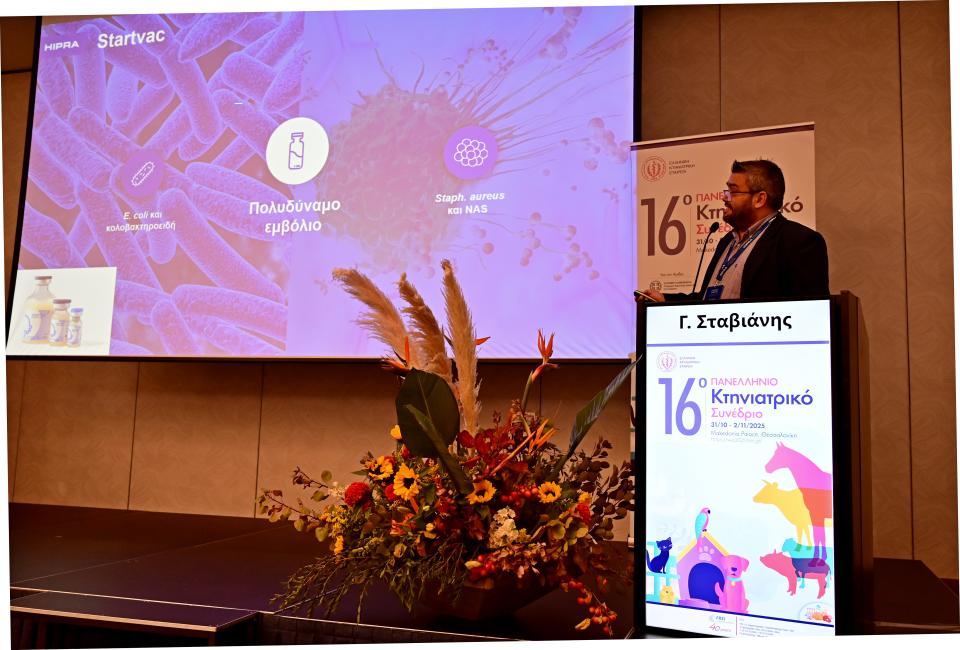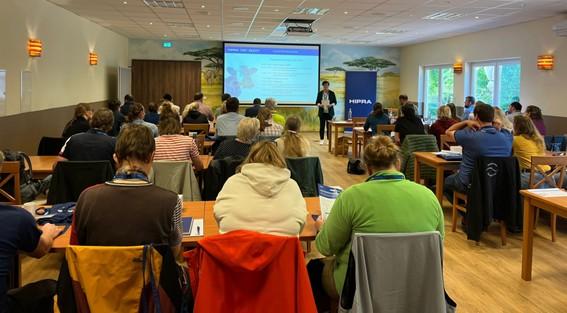HIPRA, in collaboration with EXOPOL, has recently published a new study in the Journal of Animal Science and Research that analyses the prevalence of different bacteria involved in Bovine Respiratory Disease (BRD) in the Iberian Peninsula. The study was carried out by collecting 448 case reports from farms that presented respiratory symptoms between January 2017 and January 2020. The reports were collected by the private laboratory EXOPOL SL (San Mateo de Gállego, Zaragoza, Spain) and were received from all autonomous communities in Spain, except for the Balearic Islands. Portugal represented 6.7% of the total number of farms analysed.
HIPRA study reveals the prevalence of bacteria in bovine pneumonia in the Iberian Peninsula

The study's results reveal the significant importance of bacteria in respiratory processes, appearing in 77.2% of total cases and being present in 88.3% of reports where viruses were detected. This underscores the importance of vaccinating against viruses and bacteria to minimize the impact of BRD on farms and, therefore, reduce the use of antibiotics, improve farm profitability, and enhance animal welfare.
One of the most notable findings of the study is the notification of the prevalence of Histophilus somni in the Iberian Peninsula, which was 24.2% over the three years of the study. This result was obtained thanks to the detection of the bacteria by PCR, a test with greater sensitivity that revealed 24.1% of positive results for H. somni, compared to the usual culturing method that only revealed 2.7% of positive results for H. somni.
On the other hand, Mannheimia haemolytica was found in 32.8% of cases and identified as part of BRD in one out of every three outbreaks associated with respiratory disease. If observed by age, the prevalence is significantly higher in fattening animals, at 35.33%, compared to adult cows, where it is 9.09%.
With this study, HIPRA reinforces its commitment to collaborating with veterinarians and cattle producers in the prevention of respiratory pathologies caused by bacterial agents, providing scientific evidence to facilitate decision-making in defining vaccination plans.







